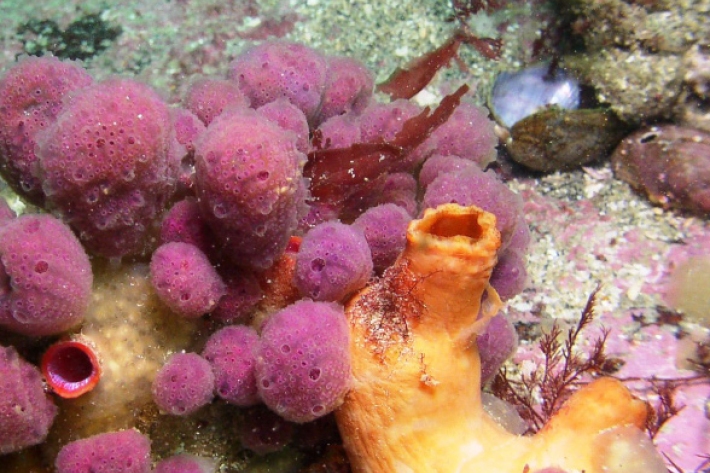-

St Peter's students take out top Waikato science fair prizes
News article28 August 2013 -

River Environment Classification
Research ProjectThe River Environment Classification (REC) is a database of catchment spatial attributes, summarised for New Zealand's river network. The attributes were compiled for the purposes of river classification, while the river network description has been used to underpin models. -

Modelling channel dynamics in braided rivers
Research ProjectNIWA are contributing to and testing the open source Delft3D model so that it can be used to simulate the response of braided rivers and their ecosystems to the changes in river flow associated with water use schemes, such as dams. -

Science projects get Auckland students experimenting
News article26 August 2013 -

Awesome Ascidians of New Zealand Ports & Harbours
An interactive guide to the sea squirts (ascidians) of New Zealand's ports and harbours.
